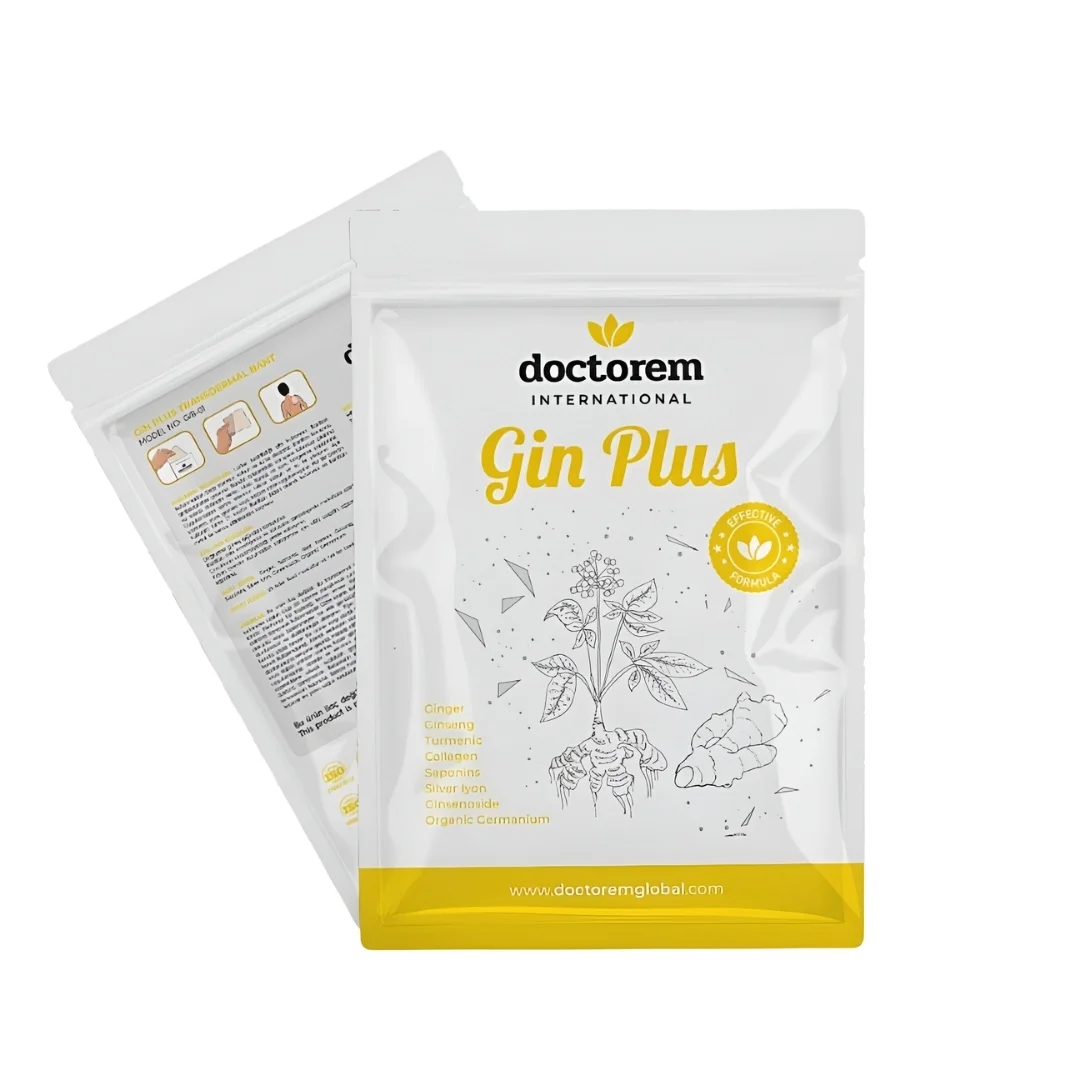Doctorem Gin Plus Patch: Innovative Support for Your Joint Health
The inactivity and stress brought by modern life can negatively affect our joint health. At this point, Doctorem Gin Plus tape offers an innovative solution for your joint health. In this article, we will examine in detail what Gin Plus is, its benefits and how to use it.
What is Doctorem Gin Plus?
Doctorem Gin Plus patch is an innovative health product that uses transdermal technology. Designed as a TTS (Transdermal Therapeutic System) patch, this product delivers the active ingredients it contains to the body through the skin. Each box contains 25 patches and each patch is effective for a maximum of 48 hours.
What is it used for?
Gin Plus specifically aims to support your joint health. Thanks to the ingredients it contains:
- Helps relieve joint pain
- Aims to increase joint flexibility
- May have anti-inflammatory effects
- Supports your overall joint health
How to Use Doctorem Gin Plus?
Choose a clean, dry area of skin (preferably close to the painful joint area)
Remove the tape from its packaging and peel off the protective layer
Attach the tape to the area of your choice
Keep the tape in place for 48 hours
At the end of the period, gently remove and discard the tape
Important: Wait at least 1 week before using the same skin area again.
Ingredients, Benefits and Scientific Foundations
Doctorem Gin Plus contains various beneficial ingredients that support joint health. Here are the main ingredients, their potential benefits and the scientific research that supports them:
- Ginger
- Benefit: It has natural pain relieving and anti-inflammatory properties.
- Scientific Basis: Clinical studies have shown that ginger reduces knee pain caused by osteoarthritis [1].
- Turmeric
- Benefit: It has a strong anti-inflammatory effect.
- Scientific Basis: Curcumin, the active ingredient of turmeric, has been proven by various studies to reduce joint inflammation and support joint health [2].
- Aloe Vera
- Benefit: It supports skin health and has anti-inflammatory properties.
- Scientific Basis: Aloe vera's healing effects on the skin and anti-inflammatory properties have been supported by many studies [3].
- Collagen
- Benefit: Supports the structure of joint cartilage.
- Scientific Basis: Collagen supplementation has been shown in clinical studies to reduce osteoarthritis symptoms and improve joint health [4].
- Chondroitin and Glucosamine
- Benefit: Supports the structure and function of joint cartilage.
- Scientific Basis: Meta-analyses have shown that the combined use of chondroitin and glucosamine reduces osteoarthritis symptoms and improves joint function [5].
All these components are delivered to the body through the transdermal drug delivery system (TTS) of Doctorem Gin Plus. The effectiveness of this method is supported by research showing that it can be effective in delivering various ingredients to the body [6].
These scientific findings support the potential benefits of the ingredients contained in Gin Plus. However, it is important to remember that every individual is different and results may vary from person to person.
Sources:
Bartels EM, et al. (2015). Efficacy and safety of ginger in osteoarthritis patients: a meta-analysis of randomized placebo-controlled trials. Osteoarthritis and Cartilage, 23(1), 13-21.
Daily JW, et al. (2016). Efficacy of Turmeric Extracts and Curcumin for Alleviating the Symptoms of Joint Arthritis: A Systematic Review and Meta-Analysis of Randomized Clinical Trials. Journal of Medicinal Food, 19(8), 717-729.
Radha MH, Laxmipriya NP. (2015). Evaluation of biological properties and clinical effectiveness of Aloe vera: A systematic review. Journal of Traditional and Complementary Medicine, 5(1), 21-26.
García-Coronado JM, et al. (2019). Effect of collagen supplementation on osteoarthritis symptoms: a meta-analysis of randomized placebo-controlled trials. International Orthopedics, 43(3), 531-538.
Zhu X, et al. (2018). Effectiveness and safety of glucosamine and chondroitin for the treatment of osteoarthritis: a meta-analysis of randomized controlled trials. Journal of Orthopedic Surgery and Research, 13(1), 170.
Prausnitz MR, Langer R. (2008). Transdermal drug delivery. Nature Biotechnology, 26(11), 1261-1268.

